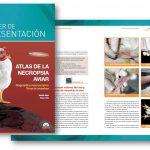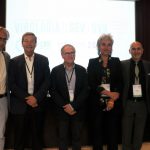Natàlia Majó: “Fighting against the diseases of the future will be harder if there is no more investment in animal health”
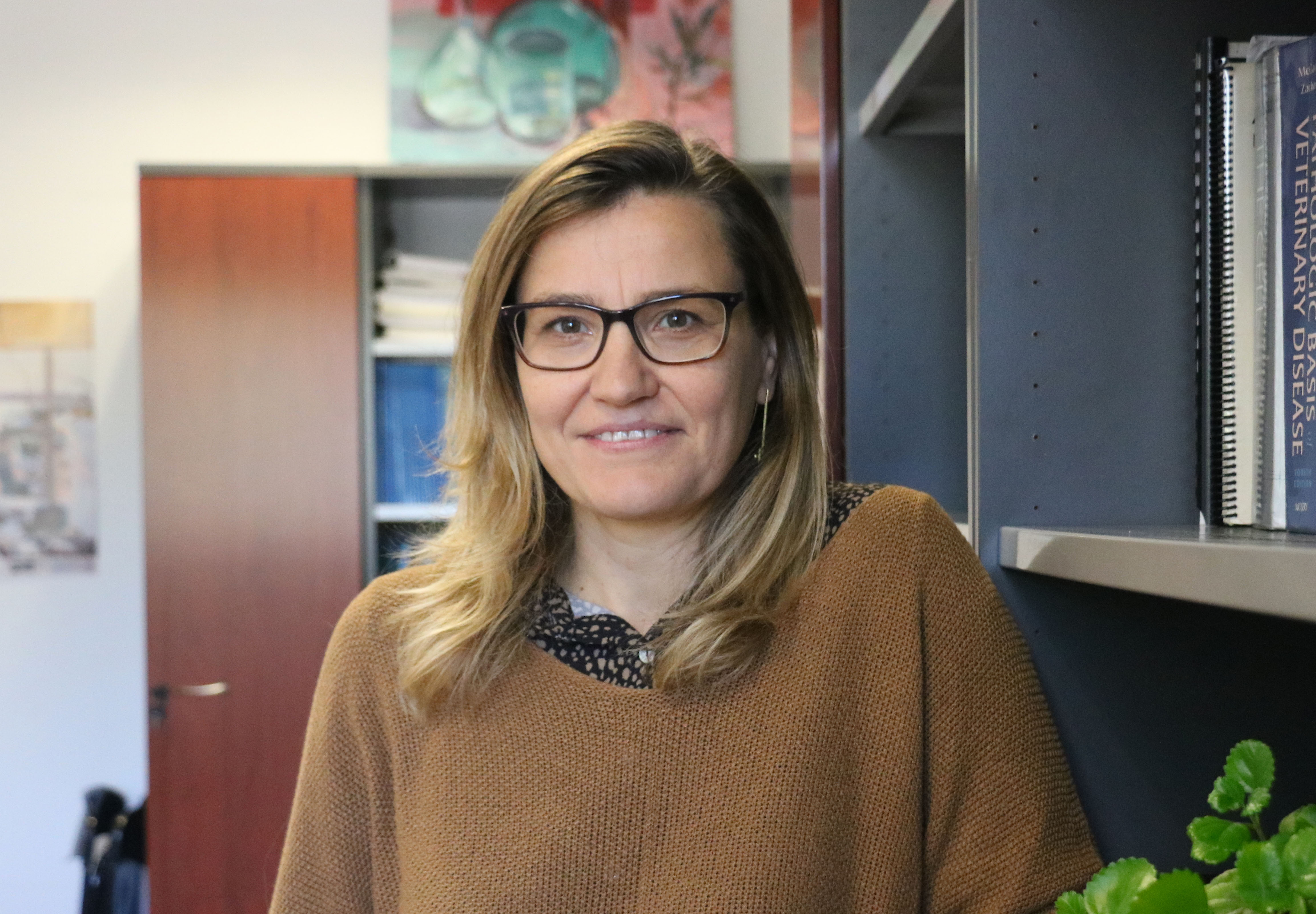
Discreet, with an anxious mind and desire to face new challenges. This is how Natàlia Majó defines herself and what led her to be a researcher after graduating in Veterinary Medicine at the Autonomous University of Barcelona. Since October 2019, the takes challenge of being the new head of the IRTA Animal Health program replacing Fernando Rodríguez. The experience of Majó as a professor of the Department of Animal Health and Anatomy of the Faculty of Veterinary Medicine of the UAB and his area of research in bird diseases, makes this new stage “an opportunity to return everything achieved during its trajectory to the center that she has been seing born and growing.”
Livestock occupies a very important place in the primary sector and in the economy of our country.
That’s why research in animal health is essential for animals to have a good state of health and live better in farms. This is what we do at the IRTA-CReSA center, which is where the main research of the IRTA Animal Health program is developed. Here we investigate the infectious diseases caused by viruses and bacteria that mainly affect livestock animals intended for human consumption, but also wild animals. On the other hand, there are some diseases -the so-called zoonotic-that can be transmitted from animals to people and that can pose a danger to human health, such as avian flu, tuberculosis or prion diseases. In this sense, it is essential to study and know about these diseases and their transmission mechanisms.
So, in many cases you also need to work with human medicine?
Nowadays, we know more about infectious diseases in animals and the associated risk to human health. A clear example are diseases transmitted by vectors, such as mosquitoes, or antimicrobial resistance that constantly pose challenges of how we treat illnesses, both in animals and in people, in the future. Therefore, not only do we work with human medicine but also with epidemiology, microbiology and biotechnology. This diversity of knowledge brings us different perspectives of the problems and challenges that we consider, but also makes us realize that all these professionals share more knowledge of what we think, for example some methodologies or diagnostic techniques. In fact, since the World Health Organization (WHO) and the World Organization for Animal Health (OIE), for years, agreements and collaborations have been established to align these areas of research towards the concept of a One Health.
We know more about infectious diseases in animals and the associated risk to human health
Related to this, the Màster Erasmus Mundus in Science in Infectious Diseases and One Health, was created and, actually, you were the first coordinator?
Yes. In 2017 we started the first edition of the master’s degree, whose biosecurity module is carried out at the IRTA-CReSA Biosafety Unit. As you say, it is a master’s degree with a global vision of health. It has 35 associated partners, many from the human health field, such as the Santa Creu and Sant Pau Hospital, the Vall d’Hebron Research Institute, the Germans Trias i Pujol Research Institute , and international institutions such as the Pasteur Center of Cameroon or the French National Institute for Research in Agriculture (INRA) and companies in the pharmaceutical sector.
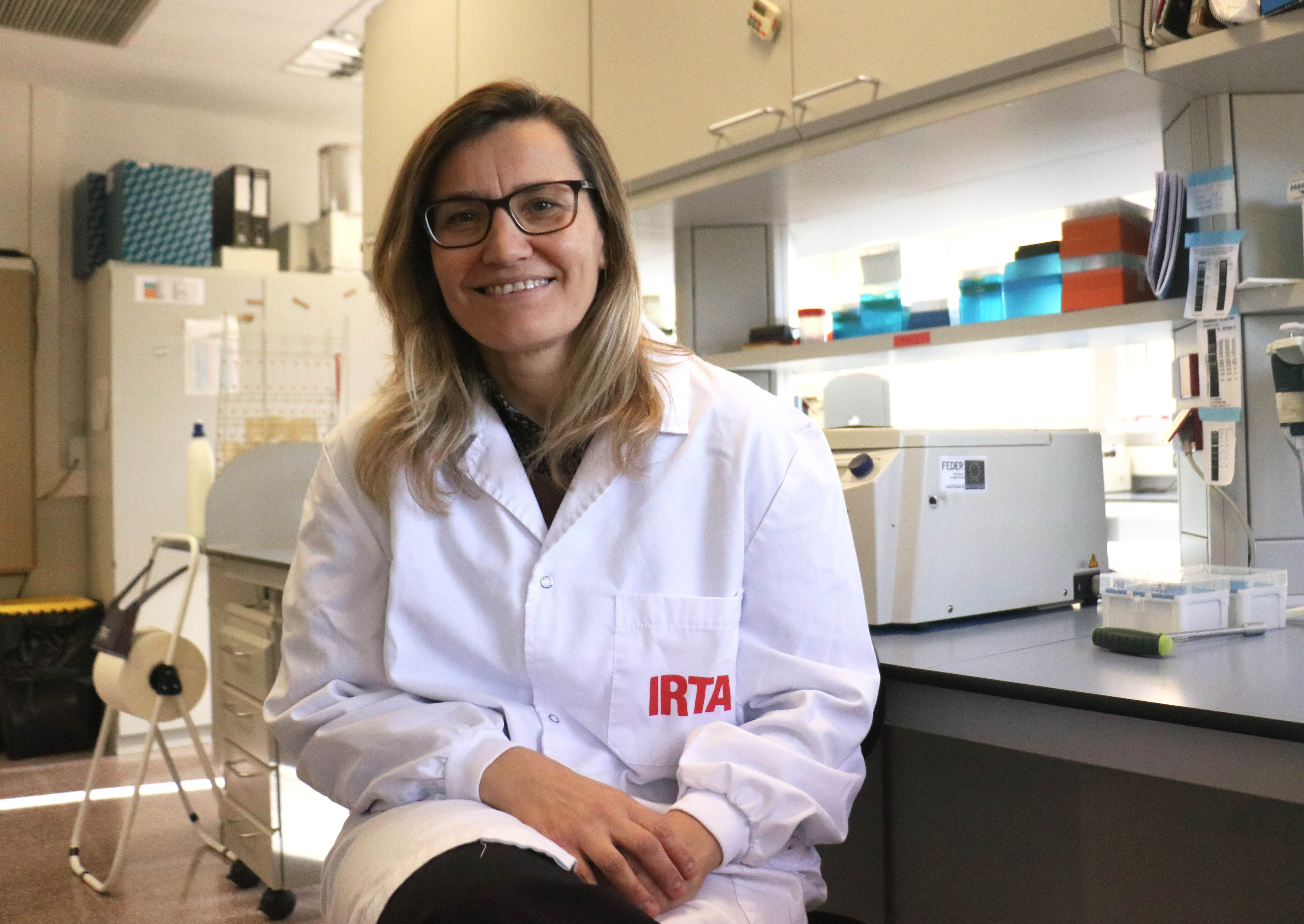
Natàlia Majó is especialized in avian flu.
What should be improved to further enhance animal health research?
We currently have collaborations with very powerful centers and institutions, both nationally and internationally, as well as good research profiles. However, and although we are an area that has a great impact on the economic sector, we have a lack of resources to investigate. We need more investment and attract talent. This, in our case, is very difficult, because animal health is within the field of health and in many cases we are competing, in terms of research resources, with human health.
The feeling is few recognition?
We need politicians, companies and society to understand why it is necessary to invest in animal health research. The main problem we have is that the most important resources come to us when there are important health alarms or outbreaks, that is, when the impact has already led to consequences. If we are able to respond to these alarms, it is thanks to all the previous years of research that we have done to better understand a disease or to improve diagnostic techniques. That is, thanks to a basic research that requires years of dedication, so we need a previous investment to be really prepared for when new diseases arrive. If not, we can not do it.
The IRTA-CReSA center has the particularity that allows working with highly dangerous pathogens.
Yes, our center has a Biosafety Unit where there are laboratories and nurseries in conditions of biosafety level 3. If we take into account that the maximum level of biosafety is 4, we find a unique and unique center. In Catalonia we are the only public center that works with this level with animal infectious diseases. At the state level, there is the INIA-CISA Animal Health Research Center, located in Valdeolmos (Madrid). Together we conform the Network of High Biosafety Level Laboraories (RLASB), one of the Unique Scientific and Technical Infrastructures of Spain (ICTS).
We are the unique center in Catalonia that works with this biosafety level with animal infectious diseases.
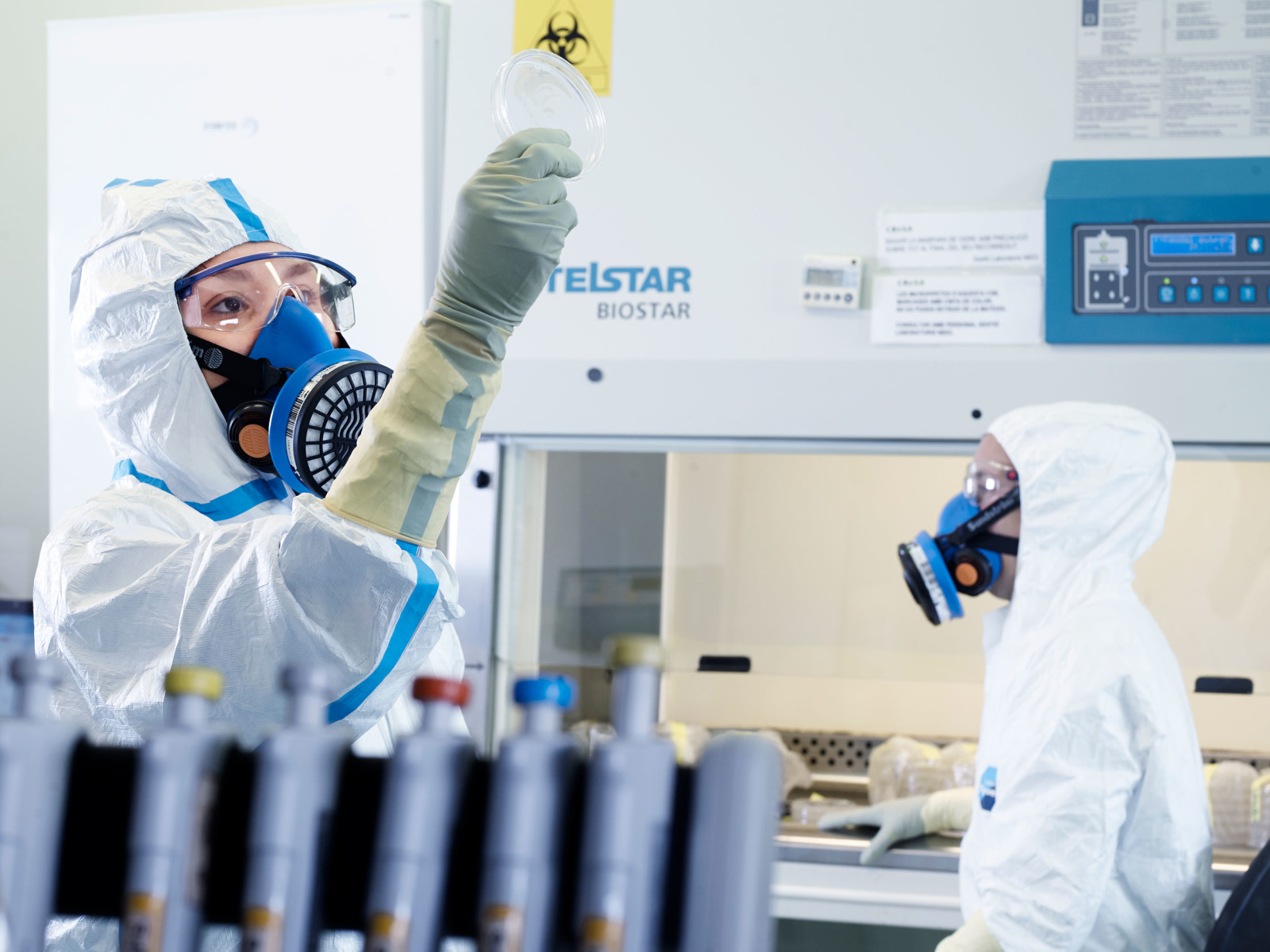
Techinal staff are specifically trained to work at the Biosafety Unit.
Has biosecurity helped eradicate diseases?
Absolutely. Biosecurity is increasingly important for the control of diseases, not only in laboratories but also in farms. Salmonellosis, for example, has always been a serious problem and one of the main causes of gastroenteritis in people. Thanks to the studies that were carried out in the early 2000s, the European Union established rules for the control of the disease, including the implementation of more biosecurity in poultry farms, which were able to reduce the levels of this microorganism considerably to the farms and, also, consequently to the people. As a teacher, in the field of poultry, I have been able to see that there is currently more awareness of the biosafety and control measures and more knowledge of the pathways of dispersion and transmission of the pathogens. Only three years ago, for example, when I was getting students to visit farms, we went without problems. On the other hand, today they are increasingly stricter with access.
Apart from biosecurity, vaccines have also been a basic tool to deal with many diseases.
Vaccines are the future. We must prevent diseases because soon we will not have antibiotics to deal with them or we will be restricted due to resistance. In fact, one of the pillars of the search for the Animal Health program is to improve the knowledge of pathogens to innovate or improve vaccines. We must ensure that they are effective and safe. But this is a long and costly, often incomprehensible search for society, since to obtain an effective product it takes about a decade to know and study the behavior of a pathogen.
We need effective and safe vaccines because they are the future.
What are the emerging infectious diseases that are most worrying us at the moment?
There are several, but the most current diseases are swine fever, both African swine fever and classical swine fever, with devastating consequences for the pig sector in many countries around the world. In Asia we are already seeing the effects of African swine fever and we are now preparing ourselves if it arrives in the country. We are lucky that IRTA-CReSA has very powerful research groups working on these two diseases and therefore we can have effective diagnostic and control tools. In addition, we are a reference center of the World Organization for Animal Health (OIE) for classical swine fever. On the other hand, there are diseases that continue to exist and we have to worry as experts in animal health, although they do not appear in the media. In 2016 and 2017 there was one of the most important avian influenza epidemics in Europe with a large number of poultry farms mainly affected in France and Hungary, but as it practically did not go out in the media, it became quite unnoticed.
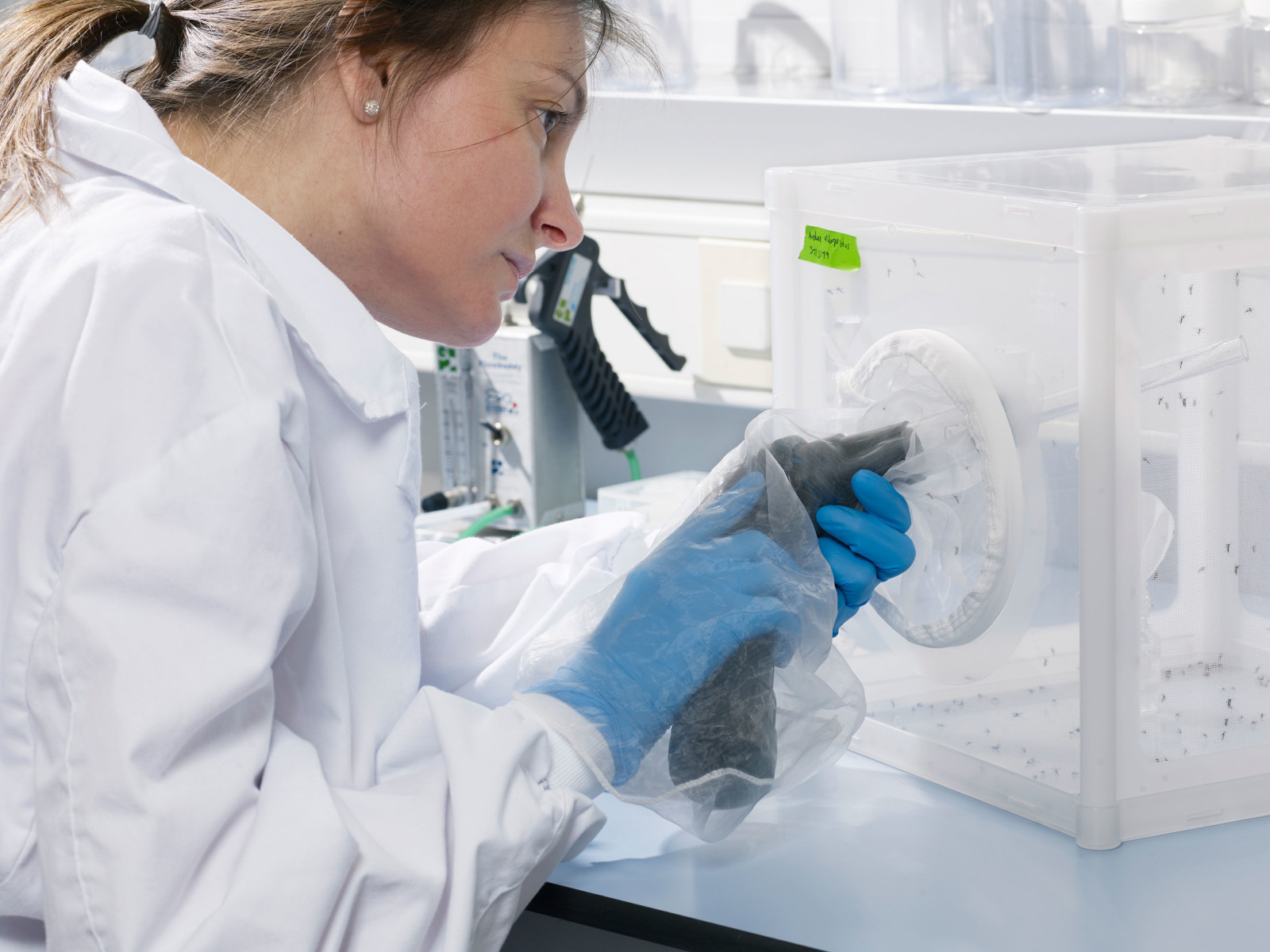
The Animal Health program wrks with obligatory declatarion diseases and participates to surveillance programes.
We face a future marked by climate change and globalization. How will this affect the appearance of new diseases?
It is clear that the more we move around the planet, the more risk of infection or the appearance of new diseases. If we add to climate change, the effects are mainly reflected in diseases transmitted by vectors. The fact of having exotic species vectors of diseases such as the tiger mosquito has also led to the arrival of new viruses, which, in fact, have a line of self-research of arbovirus within the Animal Health program of IRTA . There are also other animals that suffer and will suffer the effects of climate change such as birds, especially migratory ones, since their displacements can be altered by changes in the climate. This can have effects on diseases that affect birds if we consider that their ecology can change and could come into contact with new habitats, new species and interactions.
The more we move around the planet, the more risk of infection or the appearance of new diseases. If we add to climate change, the effects are mainly reflected in diseases transmitted by vectors.
What goals do you plan for the next years as head of an Animal Health program?
Behind science there are people and my main goal is, to make the most of everything possible, so that people can do their job as best as possible, taking into account the resources available to us. Currently, our Animal Health research is in a very good position at national and international level. Therefore, we must maintain this level of scientific quality and advance and improve in everything we can.
Finally, it is interesting to note that despite the large number of researchers in the country’s research centers, none of the 40 centers that make up the CERCA network in Catalonia is directed by a woman.
It is the reality we have and must change. There is a glass roof for the research woman that we must know how to break. It has been shown that the number of women is decreasing as it rises in the scientific career and this is due to several factors. For example, the historical continuity, which means that for many years it was impossible for a woman to hold a position of power. Fortunately, this happens less and less. On the other hand, it is beginning to see that the leadership in the centers and the companies has been evolving towards a more participatory model. This in part has favored the creation of more diverse and comparable management teams. Finally, we must not ignore the reconciliation of personal and family life, which causes many women to consider, for at least a few years, to relegate their professional activity to the background.


